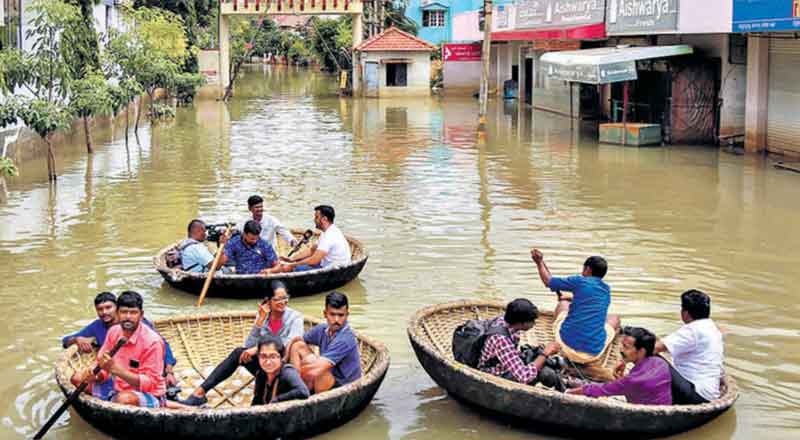Government Targets Seven Major Cities with New Initiative
India is poised to invest nearly $300 million over the next two years to tackle urban flooding and enhance water conservation efforts in seven major cities, including Mumbai, Chennai, and Bengaluru. This ambitious plan, recently approved by the federal government, aims to expand water bodies such as lakes and construct new drainage systems, addressing the increasing challenges of water management in these rapidly growing urban areas.
Addressing Urban Flooding and Water Scarcity
Urban flooding has become a persistent issue in Indian cities, particularly during the monsoon season. The rapid pace of urbanization has led to the depletion of natural water bodies, such as lakes, and has overwhelmed existing drainage systems, which are often clogged with waste. This situation is further complicated by severe water shortages that have plagued cities like Delhi and Bengaluru in recent years, where once-abundant water storage spaces have significantly shrunk.
The government’s new initiative represents the first flood control measure specifically focused on restoring and enhancing water bodies as part of a broader flood mitigation strategy. It also includes the integration of early-warning systems designed to better prepare cities for potential flood events. Krishna S. Vatsa, a member of the National Disaster Management Authority, underscored the importance of this approach, stating that it could become a key strategy for reducing the impact of floods in urban areas.
“While the importance of stormwater drainage in reducing runoff cannot be overlooked, these systems must be supplemented by nature-based solutions, such as increasing the capacity of rivers and lakes to carry rainwater,” Vatsa explained.
Financial Allocations and Strategic Focus
The plan allocates 25 billion rupees (approximately $298 million) to the targeted cities, with Mumbai, Chennai, and Kolkata each receiving 5 billion rupees. Meanwhile, Ahmedabad, Hyderabad, Bengaluru, and Pune will each receive 2.5 billion rupees. Notably, the capital city of Delhi was not included in this round of funding. Vatsa explained that the cities were selected based on the frequency of floods and the extent of losses experienced, making them priority areas for this initial investment.
Vatsa also emphasized that while this initiative marks a significant step forward, longer-term measures are essential to effectively manage the increasing volumes of rainfall that Indian cities are experiencing within short periods. For instance, Mumbai recently faced over 300 mm of rain within six hours on July 8, highlighting the urgent need for sustained investment in infrastructure and governance improvements.
“Whenever a city receives 100 mm of rainfall, inundation is almost inevitable,” Vatsa noted. “To address this, a consistent level of investment is required, supported by comprehensive governance measures, to reduce the severity and frequency of these flooding events.”
A Broader Perspective on Water Management
This initiative is part of India’s broader effort to address the growing challenges of water management in the face of climate change and rapid urbanization. In June, ratings agency Moody’s warned that India’s increasing water stress could have significant implications for its economic growth, which is projected at 7.2% for the current fiscal year, the highest among major economies.
As the government moves forward with this initiative, it aims not only to mitigate the immediate risks of urban flooding but also to ensure a more sustainable approach to water management in the country’s rapidly expanding cities. The focus on expanding and restoring natural water bodies, combined with improved infrastructure and early-warning systems, represents a holistic approach to addressing the dual challenges of water scarcity and flooding, which are likely to become even more pressing in the coming years.
(With inputs from agencies)





